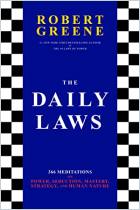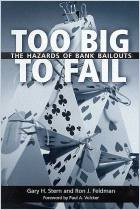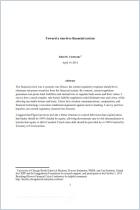Melden Sie sich bei getAbstract an, um die Zusammenfassung zu erhalten.

Melden Sie sich bei getAbstract an, um die Zusammenfassung zu erhalten.
Robert Greene
Rethinking the Volcker Rule
Mercatus Center, 2013
Was ist drin?
Market participants could realize the objectives of the Volcker Rule by monitoring banks’ risk.
Recommendation
To protect consumers following the 2008 financial crisis, the United States introduced the 2010 Dodd-Frank Act containing the Volcker Rule, which forbids financial institutions that rely on deposit insurance from proprietary trading. The aim was to reduce the moral hazard that entices banks to take excessive risks. Authors Hester Peirce and Robert Greene condemn the Volcker Rule and assert that market participants, not regulators, should monitor banks. Though always politically neutral, getAbstract believes this provocative article will ignite debate among economists and policy makers across the political spectrum.
Summary
About the Author
Hester Peirce is a senior research fellow at the Mercatus Center, where Robert Greene is a research associate.






























Comment on this summary